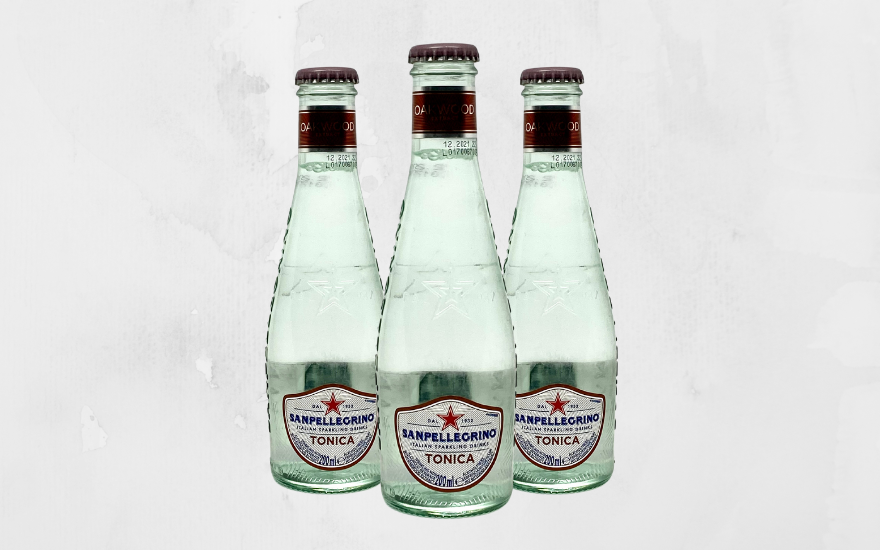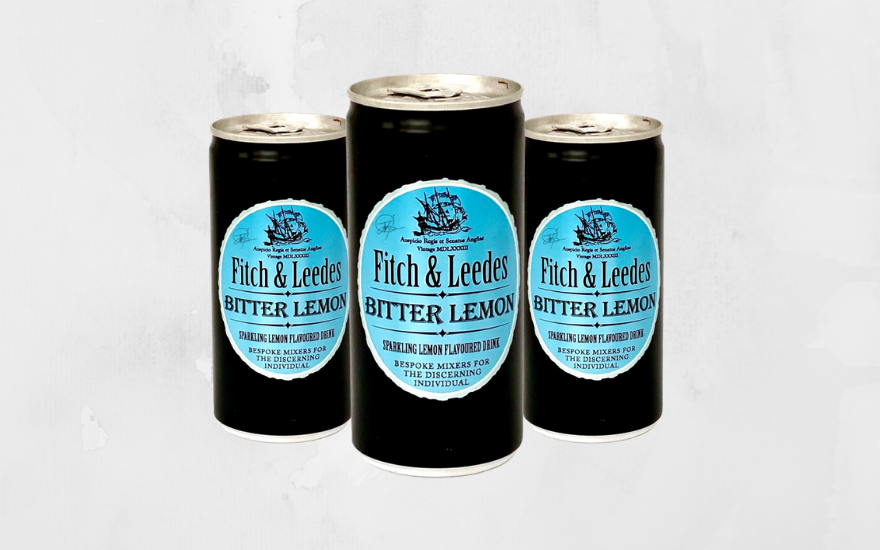By Tobias Gorn
This week, we have been on a mission to find the best Indian tonic water for your drinking pleasure. You’re welcome! We picked some of the bigger and smaller players and tasted them against each other both neat and with a splash of gin. Before all of that, however, how about a brief history lesson? Let’s take a look at the very definition of ‘tonic’ and ‘tonic water’ before we start the fun bit of tasting them.
What is tonic water?
We all love the romantic idea of gin and tonic being an essential medicine to survive everyday life and maybe it is right? Or at least it was once. The story of fighting malaria and making gin a bit more palatable is all well and correct. Add a bit of lemon so scurvy is out of the way and we are all having a quinine, vitamin C and gin-fuelled, fun colonial party somewhere in India or so. They say the 6 o’clock cocktail hour started out in the colonies, given that the malaria carrying mosquitoes were getting active that time of the day. The history and definition is fairly simple: mix your bitter quinine antimalarial powder with soda, add a bit of sugar to make it more palatable and some citrus to garnish it. The very definition of Indian Tonic Water is based on that recipe.
Modern tonic waters today have lower quinine levels. The question is then, where is the line between some random mixer concoction and proper tonic water? If we put a conservative hat on we should say that quinine – or at least a similar bitter substitute – makes tonic water what it is. If it is sickly sweet and fruity or floral with no bitterness, it is not a tonic water anymore in the classic interpretation and it will also likely alter the flavour of the spirit too much. Perhaps we should follow gin’s example? No juniper, no gin, so why not ‘no quinine, no tonic’?
Not just Gin
It’s worth noting at this juncture that tonic is a popular soft drink on its own. It might sound peculiar but I can recall summer holidays where my dad was enjoying some cold tonic water and as a kid, I could not understand why this bitter nonsense was enjoyable. Now I understand the old man, especially as I sit here with dozens of different samples in front of me. With or without alcohol, we should always look further afield than gin. Vodka and tonic, brandy and tonic and even whisk(e)y or tequila with some of our favourite quinine goodness make a refreshing highball. Tonic water is also great with some wine, vermouth and white port. And don’t forget the many alcohol-free, botanical ‘spirits’ appearing on the market wanting to be the G in the G& alternative T. Recently, a sample of Pentire Adrift found the way to the office and it was delicious with tonic water and a couple drops of lemon bitters. Very loveable indeed.
The Great Tonic Taste-off
Back to the old faithful: the Gin & Tonic. Really, this is the ultimate test for a good tonic, so in this test, we tried the tonics chilled and neat first then with a dash of London Dry Gin - all of them in similar amounts (ratio 2:1) to keep it fair and accurate.
The criteria for a good tonic are: intensity of flavour, balance between sweet, bitter and acidity and how it works with a juniper-lead, simple London Dry Gin. We need intensity but not so much to change or overpower the spirit too much. The main and most important factor is balance between the aromatics and flavour components. Effervescence is also thrown into the mix here; we want to know how fizzy the drink is initially and how long it keeps its bubbles. Some start lower but may go longer. Others might drop their fizz rapidly. The effervescence has to be in balance and in relation with the rest of the aromas and flavours to justify itself.
This is the time to mention the container design. One would think the design and branding of the glass or plastic bottles or cans is crucial as most customers pick with their eyes, but it is a tad more complicated than that. A good name or stunning branding does not affect the taste, and level of fizz but it will change the minimum and optimum CO2 pressure level. So, it matters if it’s a crown cap, a screw cap on a small glass container, a can or bigger plastic bottle as this ultimately will have an effect on the effervescence. Cans are lighter but ultimately, they can be more limited on fizz level than glass bottles. Here are our findings below. This is not an exhaustive list; we deliberately left out most of the bad examples and those that are currently unavailable.
Harvey Nichols Orange & Lavender Tonic Water
The lavender comes across first on the nose. Crisp and fresh on the palate with a bit of citrus - citric acid? All natural. It has a weight to it and the bitterness is pretty subtle. The lavender comes back in the end - retronasal, probably. It is effervescent enough on the gentle end but it keeps its fizz nicely. With the gin, it goes nicely. Balanced between the gin and the mixer aromatics and it is pretty on the palate with just enough bitterness. Very nice and it is a great mixer as a dry tonic water. The only little thing is that one must like lavender to enjoy it. It is a premium tonic in a beautiful neat packaging.
Size: 200ml
Score: 8.5/10
Find here: £1.50
Schweppes Indian Tonic Water
Crisp and balanced with medium intensity and a nice bitterness. Fizzy and keeps its effervescence for a long time. It is the classic tonic water and there’s a reason for it. I enjoy when bloggers and other self-proclaimed experts try to say it is not good. It is the definition of a good Indian Tonic Water. Great? Very nearly.
Size: 150ml
Score: 8/10
Find here: £4 for 12
Schweppes Crisp Tonic Water- Signature Collection
Pronounced on the nose, big on the palate with a big, bitter and zesty finish. It is a classic that can take on a wide variety of spirits. Dry and crisp despite the sugar level. People like to dislike the big brands, but this is just a really good example of crisp Indian Tonic Water and there’s a reason why Schweppes is still around today.
Size: 150ml
Score: 9.5/10
Find here: £4.25 for 8
The London Essence Original Indian Tonic Water
Herbal, botanical nose. It is very complex with floral and herbal notes. Not very bitter but it is pleasant and enjoyable with a dry finish. It is perhaps a bit further away from the classic Indian Tonic Water beaten track. Good for those who prefer less bitter tonics.
Size: 150ml
Score: 7.5/10
Find here: £3.50 for 6
Fever-Tree Premium Indian Tonic Water
Pretty shy on the nose and bittersweet on the palate. It has a sweet caramel note. The finish has lovely bitterness and some confectionery. It is popular and that is excellent but it could be made better. The burnt sugar taste is a bit overpowering. Not a winner for us this time but we can’t ignore its popularity.
Size: 150ml
Score: 7/10
Find here: £3.80 for 8
Fitch & Leedes Indian Tonic Water
Aromatic and focused on the nose. Zesty dry start on the palate with plenty of appetising quinine. The sugar is well integrated with the citrus zest and bitterness. It is the most pronounced of the Indian Tonic Waters and it makes it versatile enough to take a wide range of gins on. Another great example when the sugar level can be higher if it is balanced by citrus zest and bitterness.
Size: 200ml
Score: 9.5/10
Find here: £6.49 for 6
Yorkshire Tonic
A zesty, crisp, full flavour example that we really liked. It is pronounced enough to make a truly great tonic but balanced between sugar, acidity and bitterness to support the gin greatly. Well done God’s own country! A great example of well balanced ingredients working nicely together.
Size: 200ml
Score: 8.5/10
Find here: £5.50 for 6
San Pellegrino Tonica
Refreshing, crisp and citric acid-led. It is bitter enough to be great as a tonic water and it is pleasant on the palate. Great with gin as a supporting act and a nice soft drink on its own. One would expect a tad more bitter from one of the nations that excels in fine, appetising bitter flavours in drinks. The effervescence is appropriate and persistent.
Size: 200ml
Score: 8/10
Find here: £3.30 for 4
Something a bit different: Bitter Lemon
If one increases (or overdoes) the citrus it becomes a Bitter Lemon; the slightly old-fashioned lemon tonic cousin of our classic Indian Tonic Water. Bitter lemon is a great mixer to go with slightly sweeter and/or fruitier gins and we hope it will come back to fashion soon as a great classic mixer. Here’s a personal favourite of mine:
Fitch & Leedes Bitter Lemon
A cloudy bitter lemon with a great citrus definition, plenty of bitterness and a moderate sweetness to balance the beautiful lemon peel and pith notes. It is crisper and bolder than an average lemon tonic and that makes it great with modern, bolder gins with a touch of sweetness.
Size: 200ml
Score: 9/10
Find here: £6.49 for 6
There are many more tonics and some are great and special by being different but still good enough to be considered as a suitable alternative like the Archibald, where quinine was replaced by gentian and other botanicals, or the Artisan Drinks Co’s Classic London Tonic or the Llanllyr Source from Wales including their Light Tonic Water expression. There are modern takes on this genre trying to get back to the classic tonic syrup heritage with a darker ‘natural’ colour and maybe less emphasis on bitterness or effervescence. These can be great examples for a niche expression that can be cherished by open minded connoisseurs but can be easily misunderstood by consumers looking for a classic, clear fizzy example. If you are after the best in classic Indian tonics, however, we hope this little article helps you find inspiration.
Looking for some gin to mix with these delicious tonics? Then, have a look at 6 Gins Perfect for any Occasion or The Best Scottish Gins to Explore!













